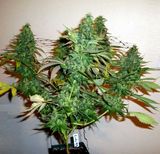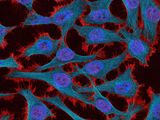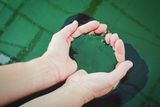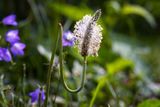Author: Rositsa Tashkova, Master of Molecular Biology and Microbiology
About 50% of all reasons for visiting a doctor with a nail problem are due to fungus or onychomycosis. It's appearance can be a sign of lowered immune system functions, poor hygiene or inappropriate shoes.
What To Know About Nail Fungus
The fungus that attacks the nail is called dermatophyte and initially enter through microscopic injuries and cracks on it, then spread its mycelium inside the nail and feed on the keratin from which the nails are built.
In appearance, the nail changes color and turns yellow, then begins to break or peal, and at an advanced stage its appearance is so altered that it begins to resemble that of animal horns and hooves.
Sometimes detachment of the nail due to uncomfortable shoes can be mistaken for fungi and incorrect treatment can be prescribed. Therefore, it is best to take a sample of the nail in a doctor's office, which can be examined for the presence of fungi under a microscope.
Is Onychomycosis Dangerous
Nail fungus is an infection that can develop in extremely unfavorable ways both locally and affecting the whole organism.
Here are the dangers:
- A highly amended nail can make shoes uncomfortable and lead to pain in the foot;
- Infection can cause the nail to fall or require its removal from a doctor. The procedure is painful, and in some cases it is necessary to remove the nail "from the root", in which it never grows again;
- The fungus can easily spread from the nail to the surrounding skin, causing itching, red, peeling skin, especially between the fingers. They can also spread to the genitals and in particular the lap, inner thighs and buttocks. This condition should not be confused with vaginal candidiasis;
- In people with severely weakened immune system or suffering from diabetes, the infection can cause painful wounds to become infected with bacteria and lead to life-threatening conditions.
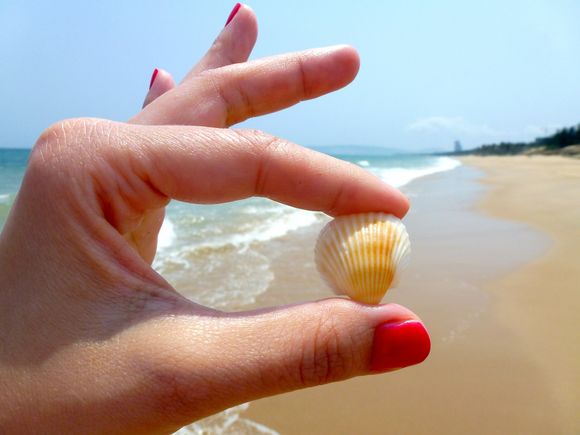
What Are The Usual Treatment Methods
As we said, the problem is not just cosmetic - it is an infection that we need to fight. For this purpose, it is good to visit a dermatologist, who can prescribe treatment with topical agents in mild cases or systemic therapy in advanced disease, ie. taking antifungal medications by mouth. Unfortunately, these drugs are not completely harmless and can seriously burden the liver.
Among the most commonly prescribed drugs are Lamisil (terbinafine), Clotrimazole, Diflucan (fluconazole) and undecylenic acid, which is part of anti-fungal nail polishes.
There are also some home remedies that can support the treatment in the initial stage of the disease, but if you are receiving medication or other local treatment, be sure to consult the attending physician whether home treatment is compatible with the appointed one.
How To Prevent Fungal Infection Of The Nails
Prevention is the best treatment, so if you can spare yourself the appearance of fungi through a few simple rules in your daily life, it is wiser to do so.
One of these rules is to keep your toenails short when wearing closed shoes. This is especially true before a hike in the mountains or a sport in which nails push against the shoes and get injured, and this is a great prerequisite for the development of fungi that can occur normally on the skin of the fingers in small quantities and take advantage of the injured nail.
The second rule is that shoes must be comfortable - any pressing and rubbing leads to microscopic injuries that are an open door for the fungus. This problem most often affects women due to wearing high heels and tight shoes.
The third rule is that rough skin on the fingers should be delicately removed after each shower - this reduces the amount of fungi that normally feed on this skin, and accordingly reduces the risk of them being transferred to the nail and leading to its infection.
Fourth rule - do not wear the shoes of other people, especially in sportshalls, where the same pair of shoes is worn by all visitors, and hygiene is at a dubious level.
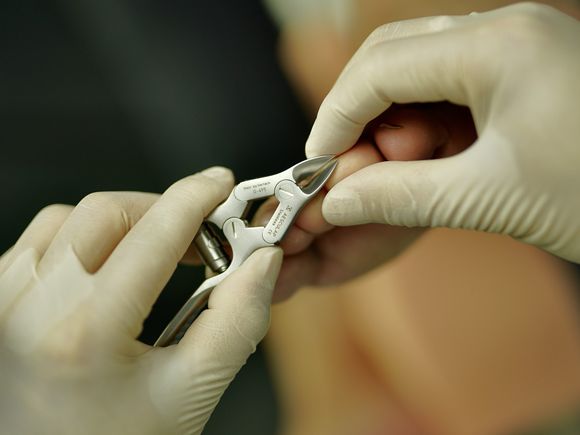
Fifth rule - avoid sweating of the feet. When the season is suitable, let's also wear the right shoes. Fungi love warm and moist environment.
The sixth rule is to be especially careful when using swimming pools, saunas, gyms, communal showers, because these are places where there is an increased risk of infection with fungi due to the humidity and numerous visitors.
Mexican Plant Ageratina pichinchensis Gives Promising Results
The Mexican plant Ageratina pichinchensis is also known as Snakeroot.
A 2008 study [ref.1] shows its effectiveness in the treatment of nail fungus, having been used as follows: extract of the plant was applied topically to the nail every third day in the first month, twice a week in the second month and once a week during the third month.
The extract has shown the same effectiveness as the drug ciclopirox.
Tea Tree Oil
There is evidence that tea tree essential oil (Melaleuca alternifolia) is just as effective as clotrimazole.
It can be smeared twice a day directly on the nail. It has a strong antibacterial and antifungal effect. [ref.2]
Oregano Essential Oil
Like tea tree essential oil, oregano oil also has antifungal properties. In this case, they are due to the substance thymol.
Its application is the same as the tea tree - smear the nails twice a day.

Eucalyptus Essential Oil
Good effectiveness of eucalyptus essential oil has been established in superficial infection with nail fungus (onychomycosis). According to the authors of a 2015 study, the effect is comparable to that of certain drugs for topical use. [ref.3]
Ozonized Oils
One study shows that ozonized sunflower oil is just as effective with topical application on the nails as the drug ketoconazole. [ref.4]
It has been established that ozonized sunflower oil and olive oil have a good antibacterial and antifungal effect.
Ozonized oils contain small amounts of ozone in themselves, added additionally.
Q&A
Are baking soda and vinegar effective in onychomycosis?
Baking soda and vinegar are known folk remedies for the treatment of nail fungus. They have antibacterial and antifungal potential, but have not yet been proven by science means for the treatment of onychomycosis and nail fungus.
What is laser therapy for the treatment of nail fungus?
The laser beam enters through the nail plate and reaches the fungus, heating them and suppressing the development of the fungus, but for successful treatment, nail care, as well as additional methods of treatment, which are used simultaneously with this therapy, are also important.




